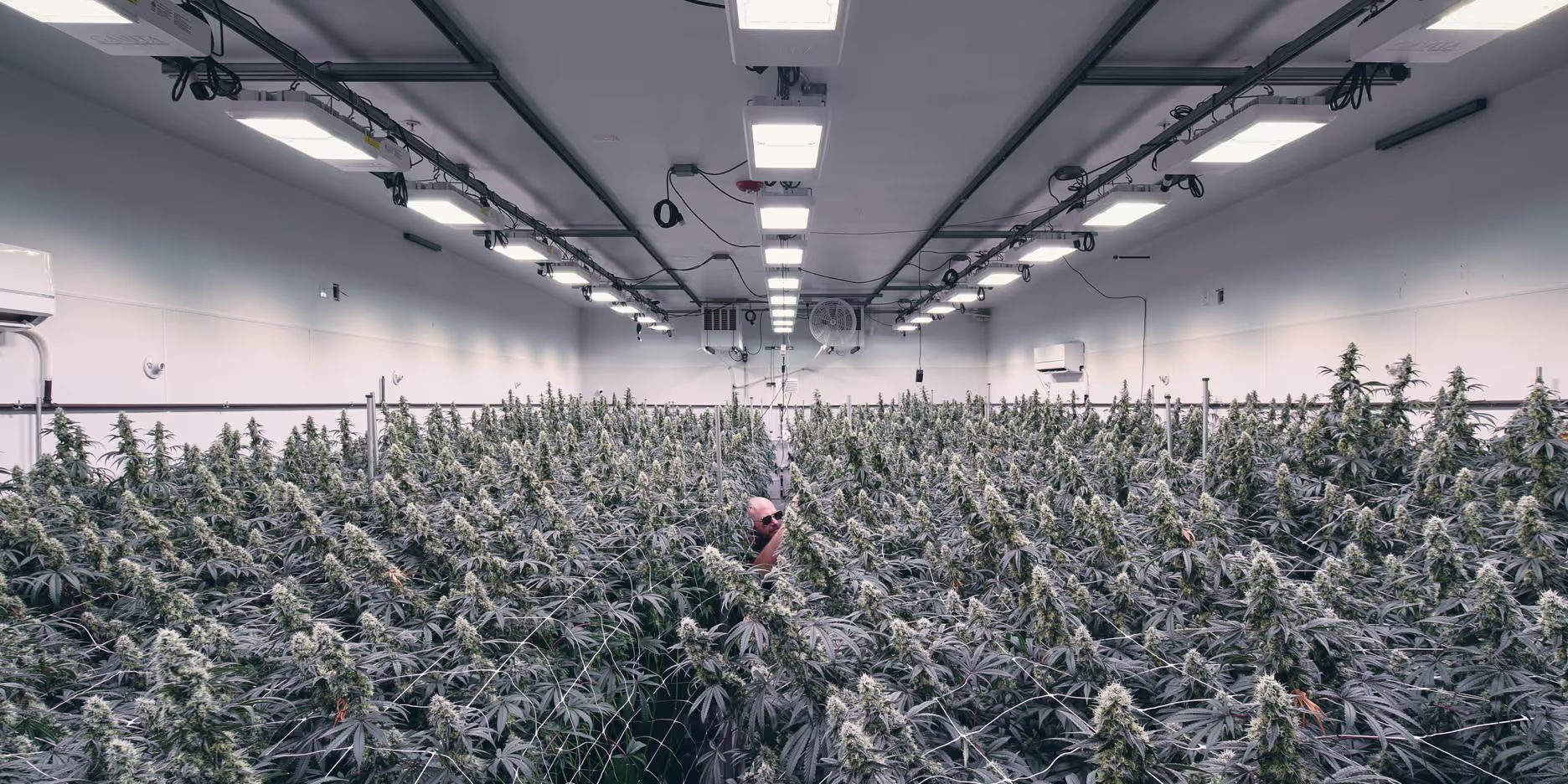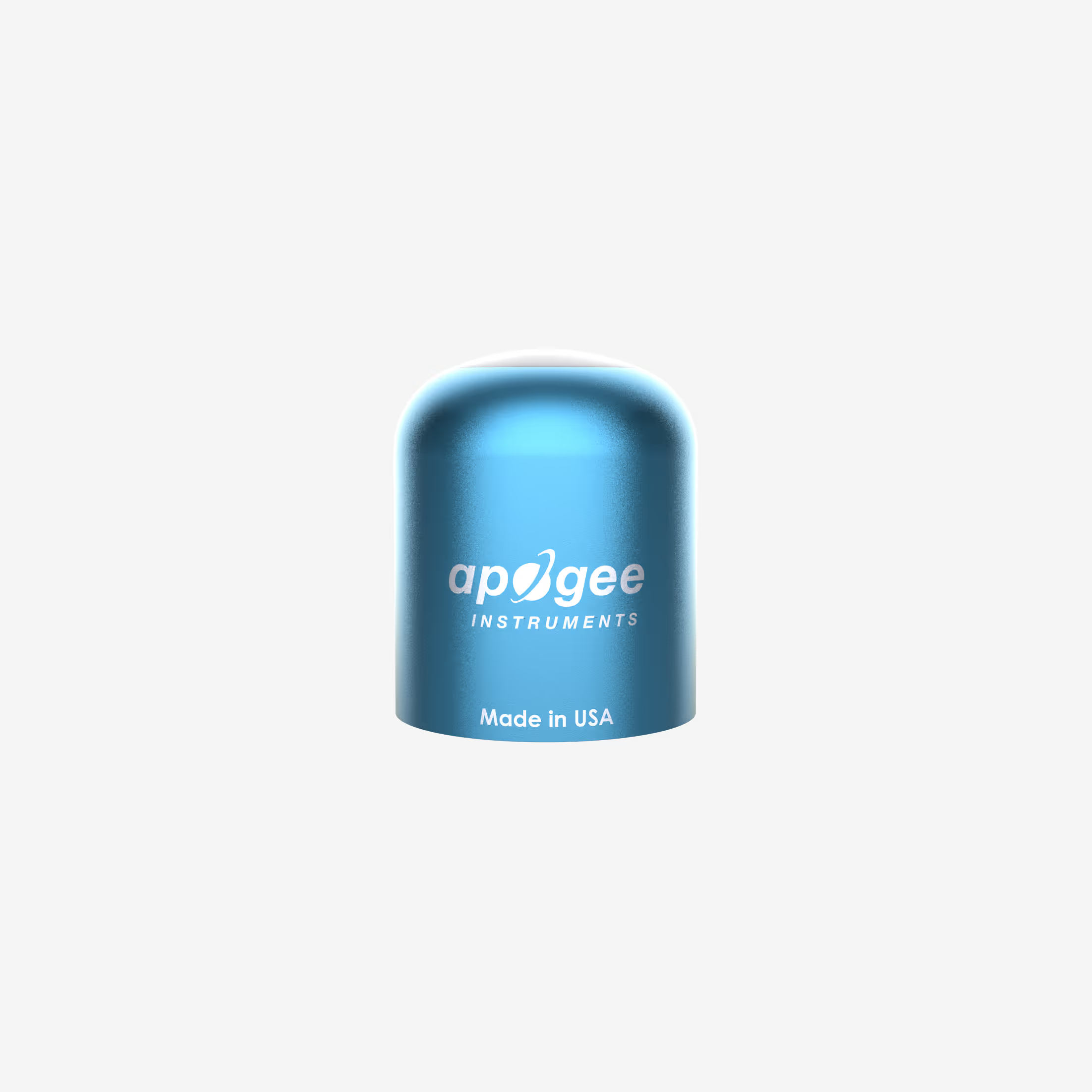Day Light Integral
Accurate full-spectrum PAR data, no matter the light source.
.avif)
The right light fuels optimal growth and yield. Too little light, and plants underperform. Too much, and you waste energy or damage the canopy. AROYA’s DLI sensor gives you reliable numbers to guide decisions, so you can balance productivity, efficiency, and quality.

Dial in your lighting.
By measuring PPFD across the canopy and tracking DLI over time, you can see how evenly light is distributed and whether your crop gets the right amount each day.
Add a DLI sensor to your grow to fine-tune light placement and fixture layout, define target lighting intensity, tweak uneven canopies, and reduce energy costs.

Reliable data from any setup.
This full-spectrum quantum PAR sensor measures the entire range of light plants use for photosynthesis (400–700 nm), ensuring accurate readings regardless of whether you’re using LEDs, HPS, metal halide, or a mix of fixtures.

Get the whole truth.
Because different lights emphasize different parts of the spectrum, a sensor that responds correctly across all wavelengths is essential. This accuracy lets you dial in intensity, duration, and spectrum for veg, flower, or mixed stages, and gives you consistent, reliable data when experimenting or comparing yields against energy costs.

